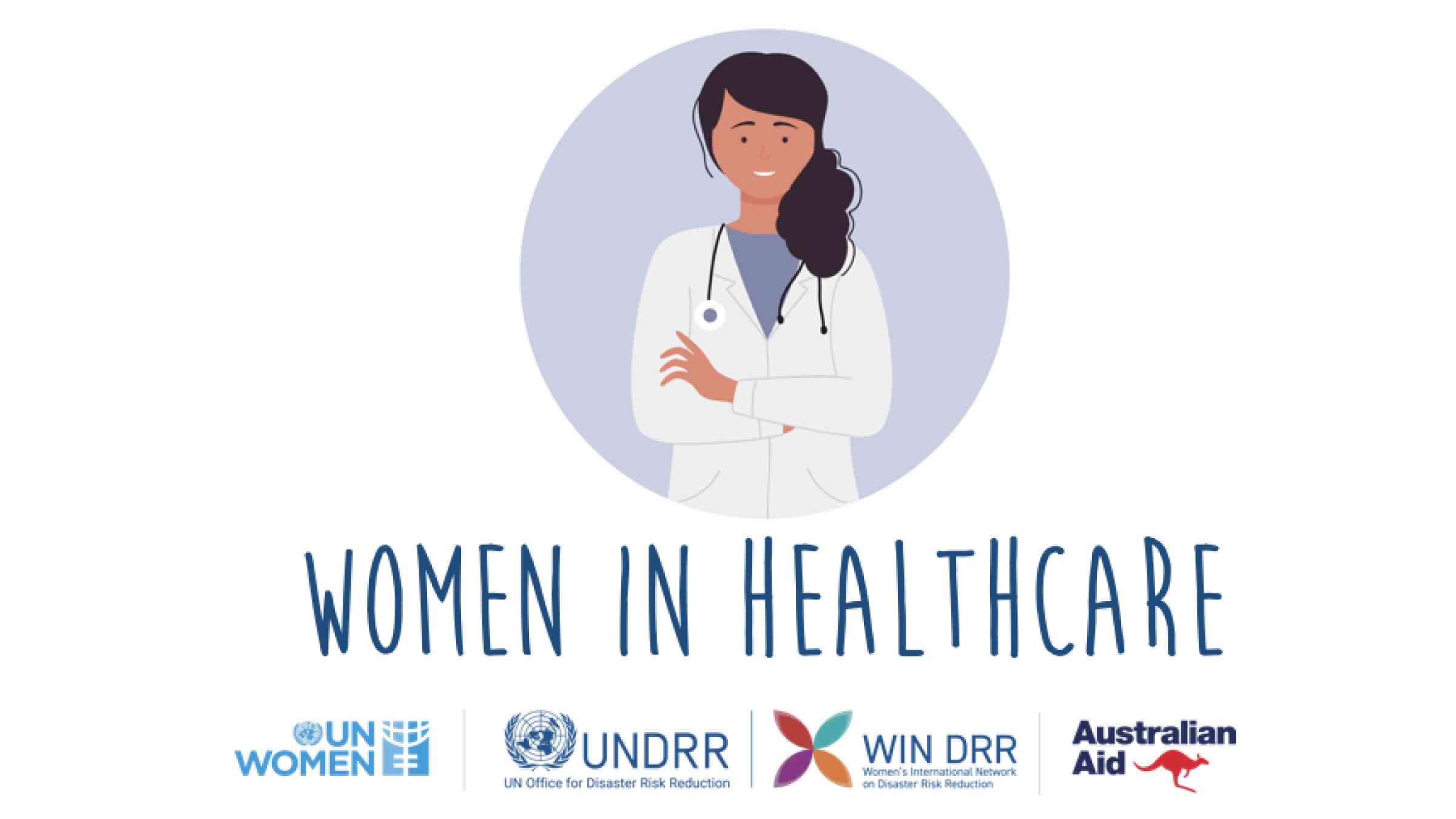Healthcare RCM Devices to Optimize Income and Minimize Denials
Healthcare RCM Devices to Optimize Income and Minimize Denials
Blog Article
A Comprehensive Overview on Exactly How Medical Care RCM Works to Improve Invoicing and Collections
Browsing the complexities of health care revenue cycle management (RCM) is critical for suppliers aiming to improve their billing and collections procedures. The guide unboxes the complexities of RCM, from individual registration to accounts receivable management, providing insights right into optimizing each action. Integrating innovative modern technology and standard procedures can substantially lower case rejections and accelerate payment cycles. Yet, the true challenge exists in seamlessly combining these elements to improve cash flow. As we check out the core elements and strategies that drive effectiveness, one concern continues to be: just how can medical care entities best position themselves to thrive monetarily in an ever-evolving industry?
Understanding Revenue Cycle Management
Grasping the details of Income Cycle Monitoring (RCM) is crucial for health care companies intending to maximize their monetary performance. RCM is a vital management feature that encompasses the entire monetary procedure of client care, from the initial consultation readying to the final payment of the equilibrium. It is an intricate treatment designed to determine, gather, and manage the earnings from the solutions offered to individuals. Efficient RCM makes certain that health care companies obtain precise and prompt repayments, decreasing the danger of profits loss and enhancing cash money flow.
The RCM process begins when a patient timetables an appointment and prolongs via the individual's care trip, consisting of billing and collections. A crucial purpose is to minimize the time in between getting and supplying a solution repayment, therefore enhancing the company's monetary wellness. RCM entails various functions such as person enrollment, insurance policy verification, fee capture, coding, declares submission, repayment publishing, and taking care of allures and denials.
Secret Parts of RCM
In the world of Profits Cycle Administration (RCM), recognizing its vital elements is essential to accomplishing monetary performance within medical care organizations. RCM is a detailed procedure that encompasses various stages, each vital to guaranteeing effective billing and collections. The key components include patient enrollment, insurance policy verification, cost capture, coding, insurance claim submission, payment posting, and receivable administration.


Once coded, claims are submitted to payers, where accuracy is paramount to stay clear of denials or delays - Healthcare RCM. Payment posting involves taping the obtained repayments, which enables the settlement of accounts. Last but not least, balance dues monitoring concentrates on tracking and resolving unsettled insurance claims, guaranteeing timely follow-up and resolution
Each part of RCM is adjoined, and inadequacies in any part can disrupt the whole cycle. For that reason, understanding these elements is essential for doctor to optimize revenue and enhance their monetary wellness.
Strategies for Effective Payment

Standardizing invoicing procedures throughout the company is one more vital method. Developing clear standards for documents, coding, and submission helps maintain consistency and conformity with regulative demands. Training staff regularly on these treatments makes sure everyone is updated with the most up to date modifications in billing codes and payer policies.
Accurate charge capture is vital in avoiding earnings leakage. Carrying out regular audits and surveillance systems enables the identification and adjustment of disparities prior to they impact profits. Furthermore, keeping open lines of interaction with payers assists to rapidly deal with any type of disagreements or misunderstandings that may emerge.

Last but not least, interesting individuals early in the payment procedure by supplying clear quotes and instructional materials regarding their financial obligations can considerably lower confusion and improve payment timeliness. These techniques jointly add to a more reliable and financially healthy and balanced invoicing system.
Enhancing Collections Processes
Given the intricacies of clinical billing and the range of payer requirements, improving the collections process includes carrying out calculated steps that make certain prompt and exact repayment of solutions made. Automation devices can aid in tracking claim standings, sending prompt suggestions to individuals, and taking care of rejections a lot more efficiently.
Clear and transparent individual interactions are crucial. Giving in-depth descriptions of charges and providing flexible repayment strategies can increase patient satisfaction and timely repayments.
Regular audits of the collections process ought to be conducted to identify locations for renovation and guarantee conformity with laws. By analyzing information, health care organizations can identify trends, prepare for prospective problems, and adjust techniques appropriately (Healthcare RCM). Ultimately, a well-enhanced collections process not just sustains monetary health and wellness but likewise adds to an extra seamless experience for patients and team alike
Optimizing Earnings Streams
Building upon the foundation of a solid collections process, health care companies can additionally reinforce their monetary security by purposefully enhancing earnings streams. This entails a multi-faceted approach, starting with a detailed analysis of existing income sources to determine ineffectiveness and locations for growth. Utilizing innovative data analytics devices allows organizations to gain try this understandings right into payer mix, individual demographics, and solution usage patterns, allowing for data-driven choices that boost earnings capture.
Carrying out automated invoicing systems can dramatically minimize errors and quicken claims refining, making sure that earnings is collected much more effectively. Additionally, maximizing payer contracts with normal arrangements can improve reimbursement rates and terms, directly impacting the lower line. Branching out service offerings, such as including telehealth or wellness programs, can additionally draw in a wider individual base, hence boosting earnings possibility.
Another critical element is improving individual involvement and complete satisfaction, as pleased individuals are most likely to follow treatment plans and make prompt payments. Using adaptable payment alternatives and clear invoicing methods can enhance collections and foster patient commitment. Healthcare RCM. By adopting these approaches, healthcare organizations can develop a more resistant economic structure, making certain continual growth and stability in an ever-changing industry landscape
Verdict
Finally, medical care Profits Cycle Administration (RCM) plays a critical duty in optimizing payment and collections processes by incorporating essential components such as person registration, insurance policy confirmation, charge capture, coding, claims entry, and accounts receivable management. By employing advanced modern technology, systematizing procedures, and cultivating client engagement, doctor can substantially lower claim rejections, speed up repayment cycles, and enhance money circulation. This comprehensive approach to RCM eventually results in enhanced financial efficiency and sustainability for medical care organizations.
The RCM process starts when an individual routines a consultation and prolongs with the person's care journey, including payment and collections.One more vital part is enhancing client involvement and contentment, as satisfied clients are a lot more most likely to stick to treatment plans and make timely settlements. Using adaptable payment options and clear payment practices can enhance collections and foster patient commitment.In conclusion, healthcare Profits Cycle Administration (RCM) plays a crucial function in optimizing payment and collections procedures by incorporating crucial components such as client registration, insurance coverage confirmation, fee discover this info here capture, coding, claims entry, and accounts receivable management. By employing advanced technology, standardizing procedures, and promoting individual engagement, health care providers can significantly reduce insurance claim rejections, increase settlement cycles, and enhance money flow.
Report this page